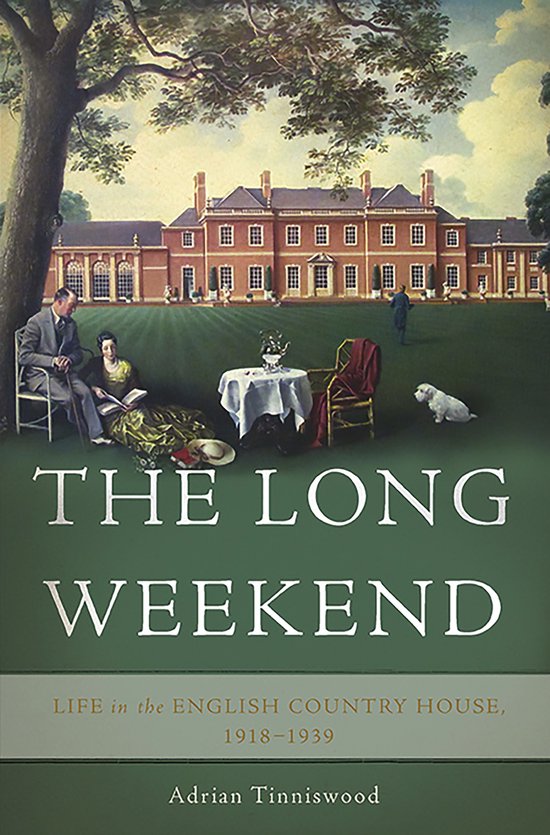Tha country house in perspective

Uiterlijk 13 november in huis
The prospect or bird's eye view is one of the oldest and, in its time, most popular ways of portraying the great country house and its setting. In the early 18th century almost every house of any size or importance became the subject for one of these views, depicting in fine detail the magnificence of house, garden and park--and by implication, of its owner.
Not only can views of this sort capture the character of a place far better than photos, they can also show far more than the eye can ever see. As in a doll's house, roofs are lifted and facades are cut away to reveal the internal workings of houses that were more often then not part art gallery, part estate office, part political showplace, part home for the great families who lived in them.
THE ENGLISH COUNTRY HOUSE IN PERSPECTIVE presents 12 of the richest houses in Great Britain, each an archetype of its age, and looks at them both as architectural masterpieces and as evidence of the life for which they were designed. The houses have scarcely been altered since they were first built, and together they give a unique overview of the development of British architecture and gardening through 600 years, from the medieval fortress of Bodiam Castle in Sussex to Lutyen's Castle Drogo in Devon, and from the Tudor half-timbering of Little Moreton Hall in Cheshire to the romantic Victorian of Norman Shaw's Cragside in Northumberland.
Wholly different from anything published on the subject in the past, THE ENGLISH COUNTRY HOUSE IN PERSPECTIVE adds a new dimension to the treatment of visual history, examining the layers of social and intellectual progress that these buildings and their gardens represent, and taking full advantage of their immense historical value.
- 1 Bekijk alle specificaties



Taal: en
Bindwijze: Hardcover
Aantal pagina's: 161
Illustraties: Met illustraties in kleur
Hoofdauteur: Gervase Jackson-Stops
Verpakking breedte: 245 mm
Verpakking hoogte: 20 mm
Verpakking lengte: 315 mm
Verpakkingsgewicht: 750 g
EAN: 9781851453832